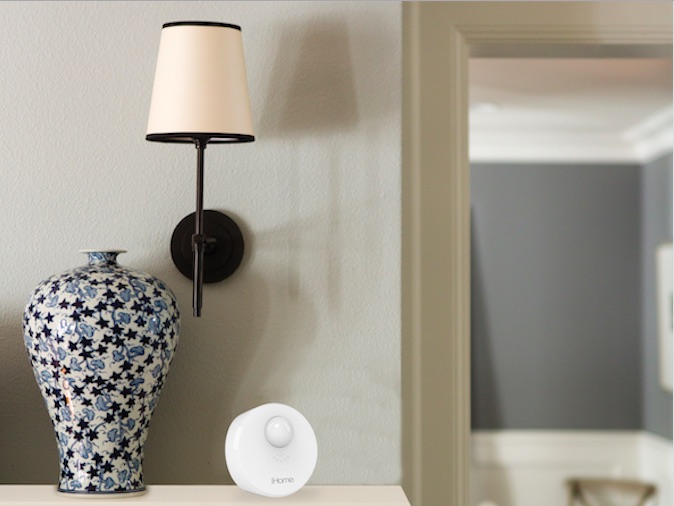
As part of the iHome Control line of smart home offerings, the latest sensors work alongside iHome’s SmartPlug solutions. That means if one of these new motion sensors detects movement in a room, it can send a signal to nearby SmartPlugs to turn on the lights, fans, or other appliances. Conversely, should a sensor realize that no one has been in a room for some time, the related SmartPlug can turn off all appliances, helping to ensure that power is only being used when there are actually folks in said room.
Of course, the sensor will also immediately notify folks if a leak is detected, sending a smartphone notification so that immediate action can be taken. Sensors also features an onboard buzzer to alert family members who might be at home.
“We’ve moved into the next generation of smart home. The first phase was about control. This next wave of products goes beyond control and into environmental triggering,” said Gary Schultz, director of business and product development at iHome.
“A truly smart home can now communicate potential costly hazards and vulnerabilities to the homeowner and offer both alerts and the ability to act without manual intervention. Our new wireless smart home sensors and SmartPlugs are hub-less and designed for easy setup, and make it affordable for people to add smart home monitoring and smart home control to any home, condo or apartment.”
Rather than depending on an electrical outlet, iHome’s sensors instead use AA batteries and small footprint form factors that claim to make them easy to mount just about anywhere. And since there’s no need to connect everything to a hub, you can use these sensors independently or in tandem with one another.
The new Motion Sensor, Dual Leak Sensor, and Door/Window Sensor all retail for $30.


